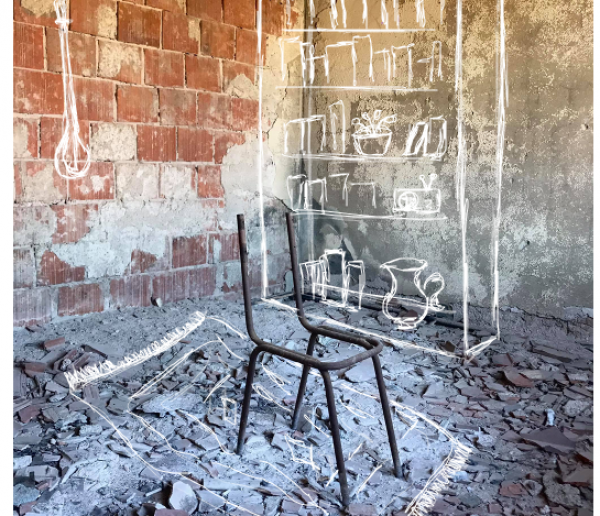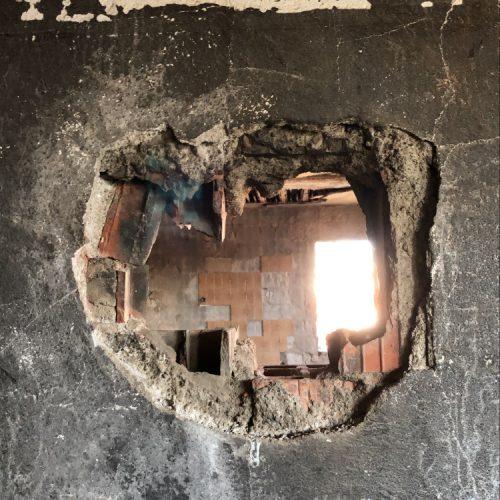HERTICA SCHOOL
The house school system became considered the backbone of resistance during the 1990s in Kosova. The new constitutional amendments adopted after 1989 annulled Kosova’s educational autonomy whereby the very act of going to school became an epitome of defiance to systematic loss of rights. This was followed by complete segregation at all levels of Albanian language education. In what is known as the 1990s peaceful civil resistance. Barred from entering school premises, teachers, students, and pupils began a series of daily protests in school yards and the University of Prishtina campus. Primary school teachers began inviting their class to their homes and others were invited by parents of pupils. The decision to try a school house system in private homes and facilities was proposed. On 8 August the Assembly of Serbia repealed the entire body of educational legislation passed by the Assembly of Kosova in order to impose a uniform curriculum on the whole of Serbia. Teachers in Kosova decide to continue the work they carried on with the curriculum approved by the administration of Autonomous Province under the constitution of 1974.


By January 1992, a total of 3,000 private homes and spaces were used to set up the house school system.
1990.
Hertica house school was one of the private houses that turned into a school.
Sami Frasheri high school in Prishtina was one of the largest and most prestigious high schools in Kosova.
After being barred from entering its facilities during the 1991 school year it started to look for alternative space.
Memhmet Aliu, a construction worker, who worked in Westeren Europe with his brothers offered his newly built home to the educational system.
The house had three flours and 10 rooms.
This house served the students of Sami Frasheri High School from January 1992 till March 1999.
It worked in a three shift system, starting at 8 and finishing at 18.
To accommodate such a large number of students the classes would last 30 min.
For the first two years students sat on the floor, the desks and chairs were built by teachers and parents.
Students and teachers however continued the education as if in the facilities. Drama classes, poetry and even the students newspaper function from 1995.





